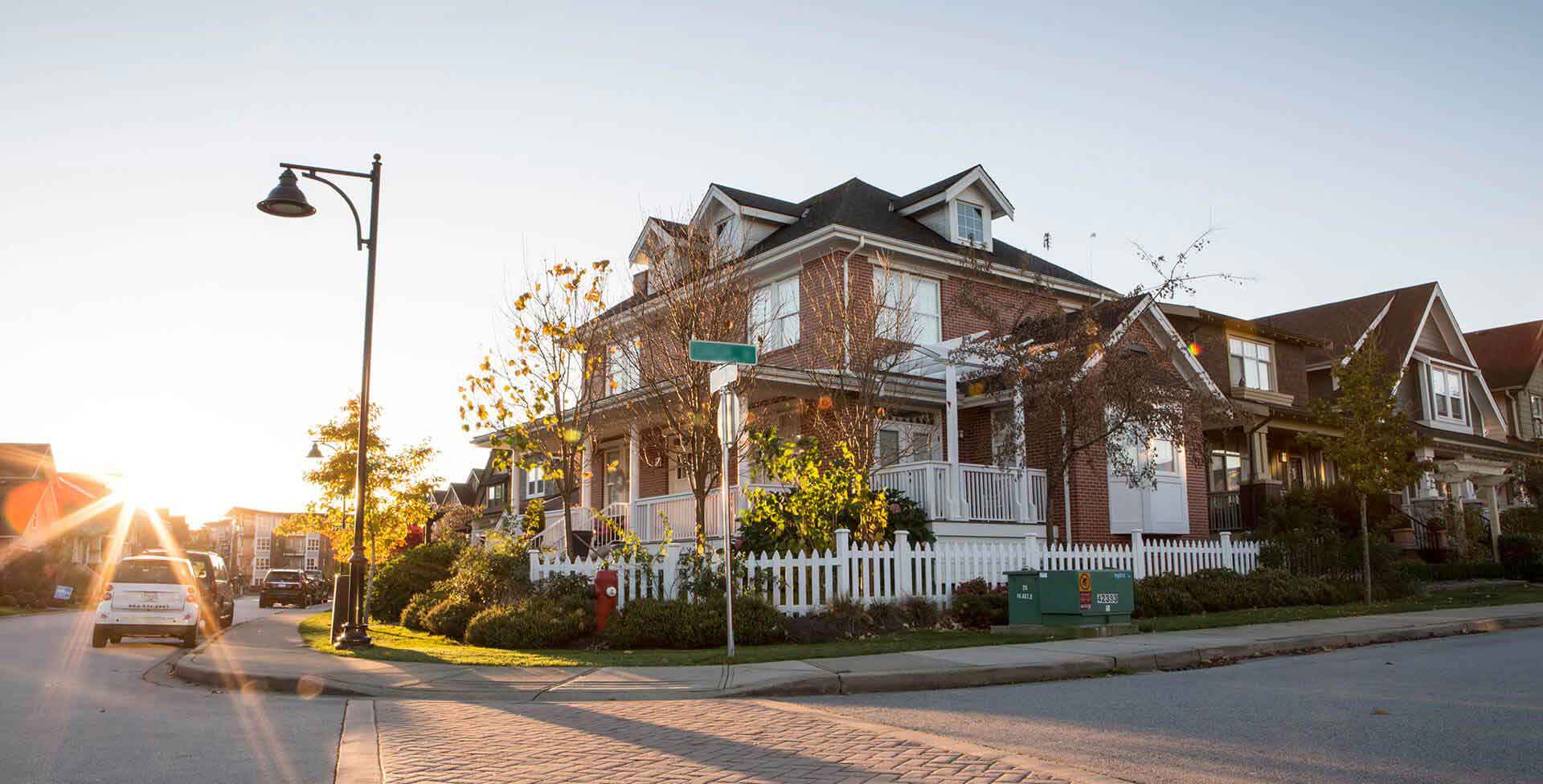START MAKING MEMORIES IN YOUR NEW HOME, OUR TEAM IS HAPPY TO GET YOU THERE.
For a beautifully designed home loan experience that gives you the safest and most secure mortgage, reduces your risks, and provides you with complete peace of mind...
Welcome to the
HomeHappy Team.
Chances are, you need a mortgage, that's why you're here! Happy to have you. Please take a look around, watch a couple of videos, and get in touch by hitting one of the start here buttons scattered around the website! (like the one below) We're happy to help!
Our industry knowledge benefits you
We find the best solution every time. With over 70 years of combined lending experience, The HomeHappy Team knows the mortgage market inside and out, and we never leave you hanging, we’re with you every step of the way. Put our industry knowledge to work for you!
Care and attention from a whole team
We believe an expert team is more effective than a single broker in providing you with a beautifully designed home loan experience.
Each member of The HomeHappy team has specialized expertise, which serves you better at each step of the mortgage process!
Digital mortgage experience
When you're ready to get started, our simple to use and secure application process is intuitive and keeps your data safe. It's the best place to start as you connect with us to explore your mortgage options. So go ahead, hit the start here button and we'll get this party started.
Hear what our happy clients have to say.
Videos To Keep You Informed.
2024 Real Estate Outlook
Meet The Lender... CHP
What Does A Reverse Mortgage Cost?
Is A Reverse Mortgage The Rght Move
Most Common Use Of A Reverse Downpayment Gift
Airbnb Changes... Sell Now?
Planning For Opportunity
Should I Sell My Condo?
2024 Real Estate Outlook
Meet The Lender... CHP
What Does A Reverse Mortgage Cost?
Debt Repositioning
Mortgage financing can be confusing. It doesn't have to be. We're happy to simplify the process for you.
-

FIRST TIME HOME BUYERS
Your first home is a big step. We’re with you all the way.
LEARN MORE -

OLDER CANADIANS
Retirement Equity Take Out Options
LEARN MORE -

REFINANCE YOUR HOME
Renovations, investments, dream vacation…we have a plan for you.
LEARN MORE -

RENEWAL
Mortgage up for renewal? Contact us.
LEARN MORE -

SELF-EMPLOYED
If you own your own business, we can help.
LEARN MORE -

MOVE UP FINANCING
Outgrown your current home or looking to downsize?
LEARN MORE -

DEBT MERGING
Pay off debt and increase your cashflow.
LEARN MORE -

REAL ESTATE PORTFOLIO
If you need a mortgage to buy an investment property, we can help!
LEARN MORE -

NEW TO CANADA
There are certain things you should know.
LEARN MORE -

DIVORCE or SEPARATION
We'll walk you through the process.
LEARN MORE -

CREDIT ISSUES
Don't let your credit history stand in your way.
LEARN MORE -

CONSTRUCTION FINANCING
We're here to provide you with all your options!
LEARN MORE -

PRIVATE LENDING
Short term loans including 2nd & 3rd mortgages.
LEARN MORE
Happy calculating.
They say money can’t buy happiness, but it can buy a really nice home!
And if that makes you happy...
Happy learning.
Here are some videos we've made to help you learn about the home buying process!






When you find a Home you love. We're Happy to help get you the mortgage you need.
When you click the start here button, you'll be directed to a secure form to begin the process. There are no fees for our services, and no obligation.
Just complete peace of mind.
GET IN TOUCH
604-833-4663 (HOME)
team@homehappy.ca
#111 6323 197 Street, Langley BC
V2Y 1K8
HomeHappy Okanagan
3954 Beachview Drive, West Kelowna, BC V4T2K1
778-363-7811
www.okmtg.ca
© Copyright 2023 | All Rights Reserved | HomeHappy







